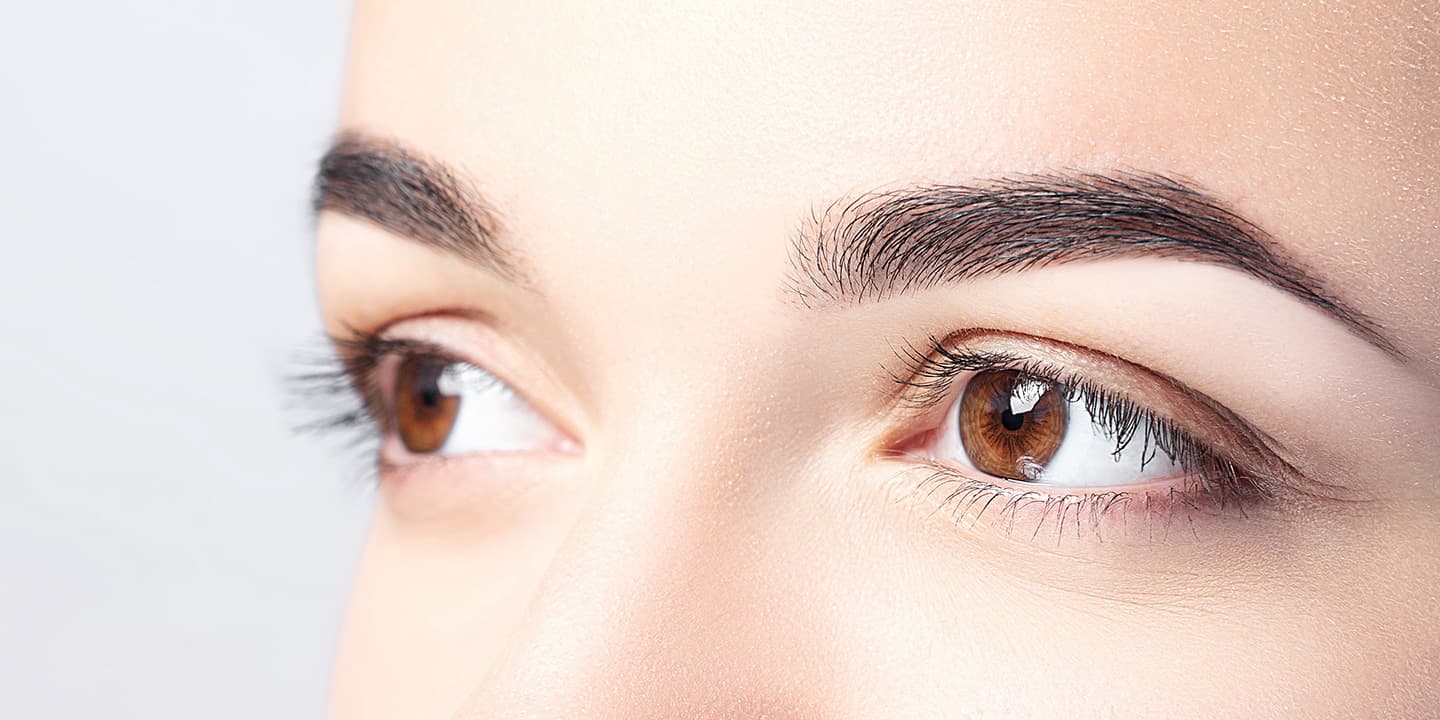International Nystagmus Awareness Day: symptoms, diagnosis, treatment, and prevention

Medically Reviewed By
Dr Divya Rohra
Written By Prekshi Garg
on Jun 20, 2022
Last Edit Made By Prekshi Garg
on Mar 7, 2024

The International Nystagmus Awareness Day is celebrated on June 20 each year. The primary objective behind this day is to raise awareness about the lesser-known condition called Nystagmus, which contributes to profound visual impairment.
Observing the International Nystagmus Awareness Day brings forth a list of tools, and resources and involves comprehensive education on the disease and how it impacts a person’s quality of life.
Reports suggest that 1 in every 1000 people across the world are diagnosed with nystagmus at birth. The prevalence also differs depending on the type of nystagmus one is diagnosed with.
Through this article, we will explore more about the International Nystagmus Awareness Day, and uncover details about the disease and the treatment options.
What is the History of International Nystagmus Awareness Day?
The International Nystagmus Awareness Day is sponsored by the Nystagmus Network wherein they fund more research projects and create better awareness surrounding the disease.
The Nystagmus Network is a registered charity that was established in 1984 and has since then prioritized raising better awareness surrounding the disease and how it impacts the patients’ lives. The annual celebration highlights the roadblocks that Nystagmus patients experience, especially regarding employment, education, and equal health rights and opportunities.
Every year, the day involves an awareness campaign revolving around the following factors:
- Host fundraisers to raise more funds for research on Nystagmus
- Share more awareness across different social media platforms
- Raise your voice about the disease and share personal experiences
- Advocate for the disease and how it impacts one’s quality of life
- Eradicate the stigma surrounding the disease
- Gain more knowledge about the disease and its impacts on life
With the prevailing stigma and myths surrounding Nystagmus, dedicating a specific day for raising awareness surrounding the disease is crucial.
What is Nystagmus?
Nystagmus is a medical condition that impairs the ability of an individual to have proper eye movements. The condition often leads to complications like reduced depth perception, and vision and even alters a person’s balance.
Since the eye movements are beyond control, it prevents an individual from viewing the objects steadily. Although the exact cause behind nystagmus isn’t yet known, it is typically categorized into two types:
- Pendular nystagmus – involves the eye movement in a back-and-forth motion like the pendulum.
- Jerk nystagmus – involves a drifting motion of the eyes, followed by an immediate jerk motion the other way.
As for the forms of nystagmus, there are three primary stages:
| Form of Nystagmus | Age it affects | What happens? |
| Infantile | Develops by 2-3 months of age | -Eyes move in a horizontal swinging motion
-Caused by underdeveloped optic nerves, underlying birth defects, congenital cataract, etc. |
| Spasmas nutans | Develops between 6 months to 3 years of age
Improves by 8 years of age | -Involves repeated nod and tilt of the heads.
-Cures on its own and doesn’t require additional treatment. |
| Acquired | Develops in later childhood or adulthood | -Happens due to underlying chronic conditions, metabolic disorders, or nervous system disorders. |
Being aware of the different types and forms of Nystagmus is crucial in getting an early diagnosis and relevant treatment to prevent further worsening of the symptoms.
What are the Causes of Nystagmus?
The exact cause of Nystagmus is still unknown. However, researchers believe that its a neurological disorder that affects the eye movement and vision of the patient.
Nystagmus that is diagnosed at birth or early childhood and is often considered a birth complication. However, the form of nystagmus that is diagnosed at a later stage in life could be a consequence of accessory disorders like trauma, stroke, etc.
Some of the most potent nystagmus causing factors include:
- Albinism
- Nervous system disorders
- Lack of development of the eye movements
- Inflammation in the inner ear
- Side effects of certain medications like anti-epilepsy drugs
- Genetic predisposition
- Vision impairments like cataract or strabismus
- Head injuries
- Alcohol or drug abuse
If none of the causes stand out as contributing factors in certain cases, then the condition is termed as Idiopathic, wherein the cause is unknown.
What are the Symptoms of Nystagmus?
Patients with nystagmus often experience an uncontrolled movement of the eyes. This is marked as the primary trigger factor. The eye movement can start off as erratic, then slow down and then pick up the pace again.
Generally, nystagmus symptoms might affect one eye or both eyes. Patients also find that they have a clear field of vision when they tilt their heads, which is another standout symptom.
You should consider seeing a doctor if you are experiencing any of the following symptoms:
- Involuntary eye movement
- Blurred vision
- Shaky visual field
- Nighttime vision problems
- Lacking balance
- Dizziness
- Sensitivity to bright light
Remember that the symptoms of nystagmus get worse with stress. So, if you are already experiencing these debilitating symptoms, consider getting medical help to overcome the complications instead of sitting and stressing about it.
How to Get a Diagnosis for Nystagmus?
The diagnosis for nystagmus generally starts with a detailed rundown and discussion of the symptoms. Irrespective of the age of the patient, your doctor needs to be aware of the symptoms you are experiencing.
Assessing the symptoms, your doctor will then check your vision, and the inside of the eyes to look for any underlying vision complications or disorders that could be contributing to the symptoms.
Some of the common diagnostic measures include:
- Detailed neurological examination
- MRI and CT Scan of the brain
- Ear examination
- Recording the eye movements
- Visual acuity measurement
- Testing how the eyes focus, move, and respond to external stimuli
For a more comprehensive understanding and to determine the type of nystagmus, your doctor might make you sit on a spinning chair. They will then rotate the chair for 20-30 seconds and stop it abruptly. Following that, they will ask you to focus on an object. Patients with nystagmus will have their eyes move very slowly in a single direction, followed by a rapid movement in the opposite direction.
How is Nystagmus Treated?
Following a formal diagnosis, your doctor will then suggest measures to improve your vision and focus.
- Prescription for eyeglasses and contact lenses don’t correct or cure nystagmus but they do improve the overall vision of the patient and prevent the blurred and shaky vision that several patients complain about.
- Patients diagnosed with nystagmus during their early childhood often don’t require any additional treatment as the condition corrects itself over time. However, for patients with acquired nystagmus as an adult, lifestyle changes could be a suggestive form of treatment. Your doctor will suggest you quit unhealthy habits like smoking, drinking, or doing drugs to preferably correct the symptoms over time.
- In extreme cases of nystagmus that are paired with constant head tilt, your ophthalmologist might suggest eye muscle surgery to eradicate the symptoms and improve the overall symptoms.
How to Prevent Nystagmus?
Acquired nystagmus is often a consequence of other disorders in the body. If you are experiencing any alarming symptoms, take note of them immediately and consult a doctor about them.
Regular eye check-ups and earlier diagnoses allow several patients to prevent the onset of the disorder and also correct the vision problems that plague the life of the patient.
Frequently Asked Questioins
-
Can you go blind due to nystagmus?
Nystagmus doesn’t lead to total blindness but it can impact the normal vision of the patients quite drastically.
-
Are people with nystagmus allowed to drive?
Nystagmus affects the visual field of the patient, leading to blurred, unfocused, and shaky vision. Most patients with the condition aren’t given a permit to drive.
-
Can glasses help with the correction of nystagmus?
Wearing prescription glasses isn’t a cure for nystagmus but it can improve the vision of the patient exponentially.
Conclusion
On this International Nystagmus Awareness Day, let us pledge to educate ourselves and others around us about the disorder. We need to create a safe space for everyone struggling with the disorder instead of being judgemental and accusatory. We hope this article does its part in giving our readers a comprehensive understanding of the disease.



